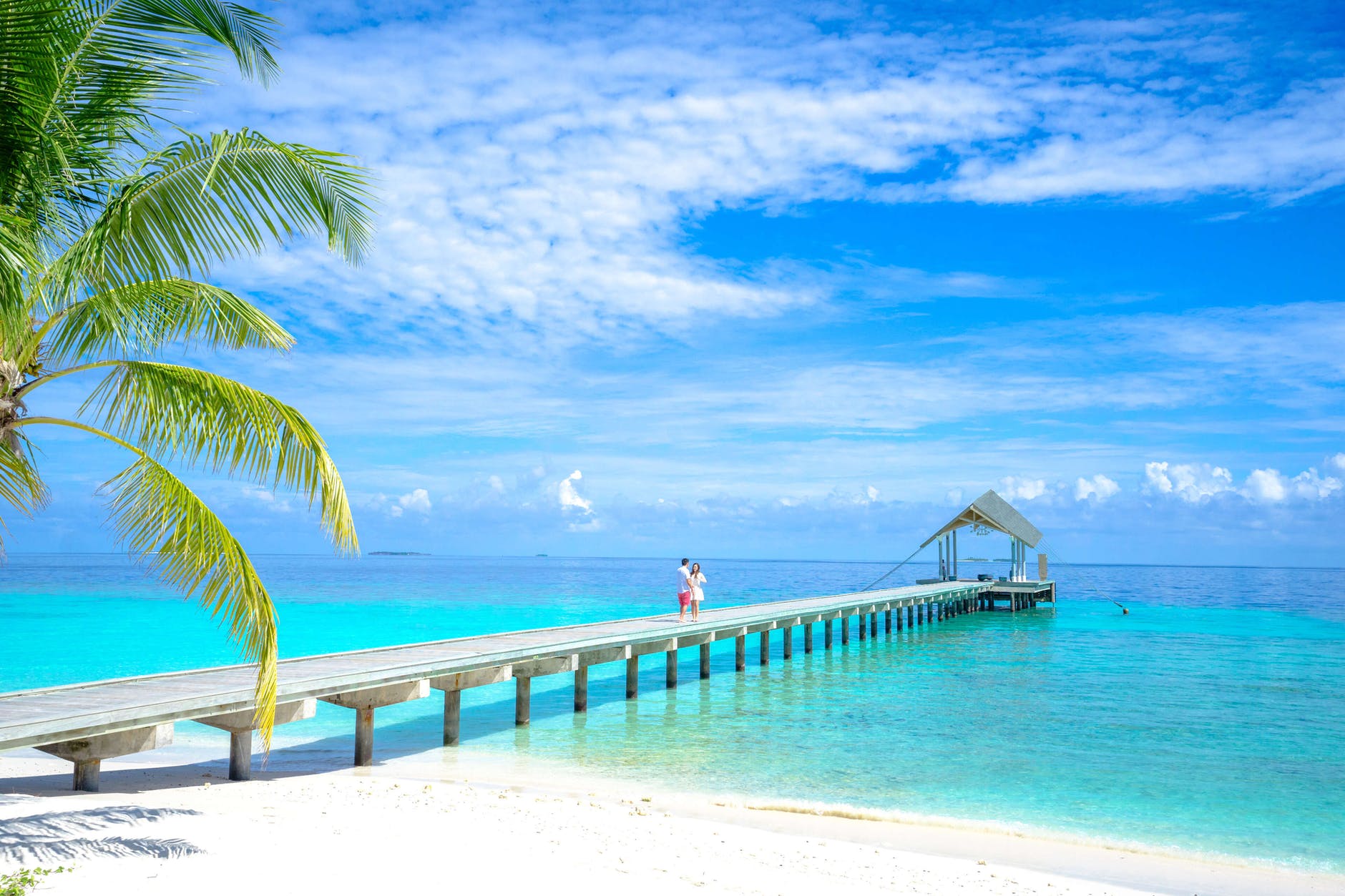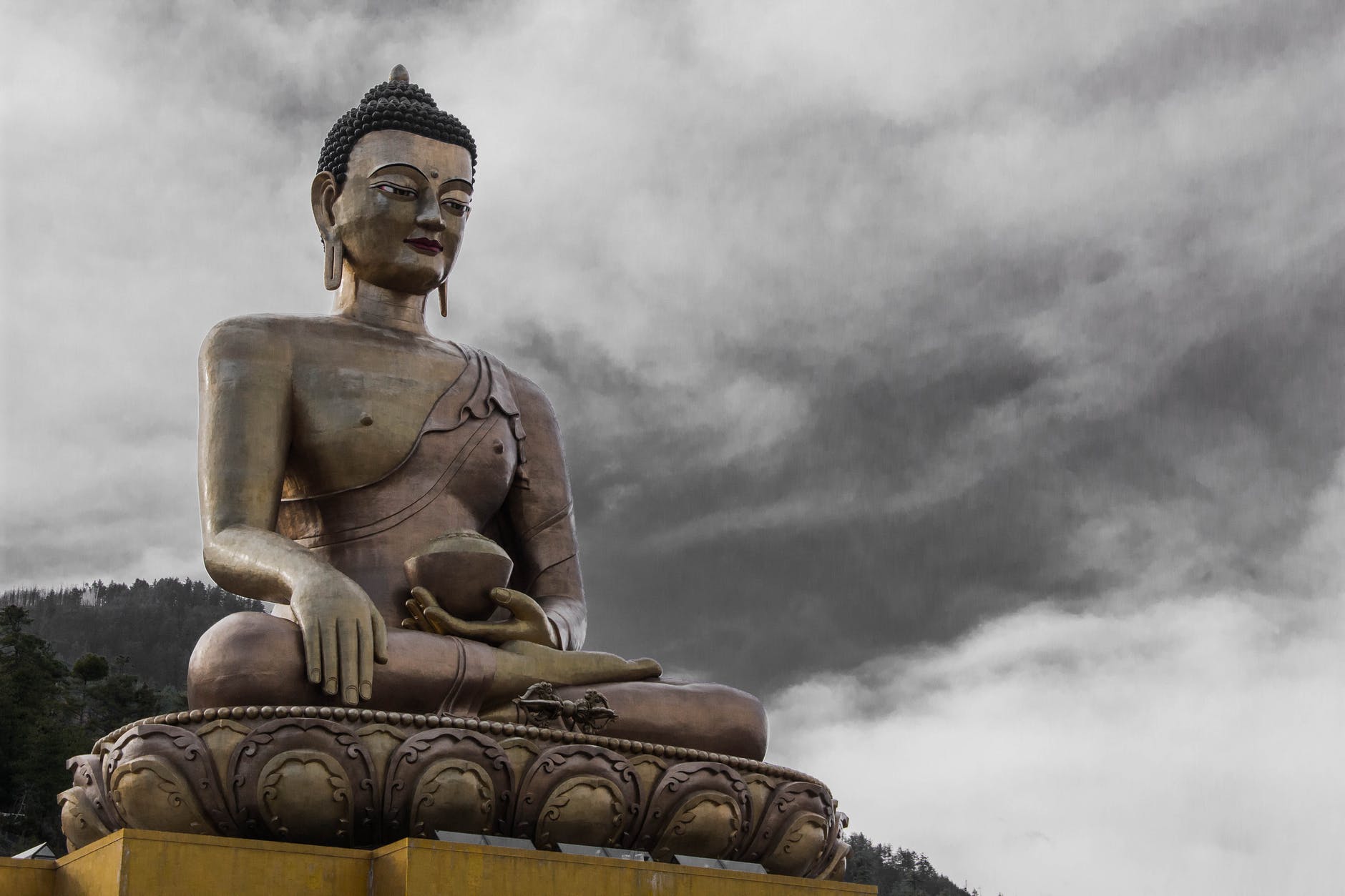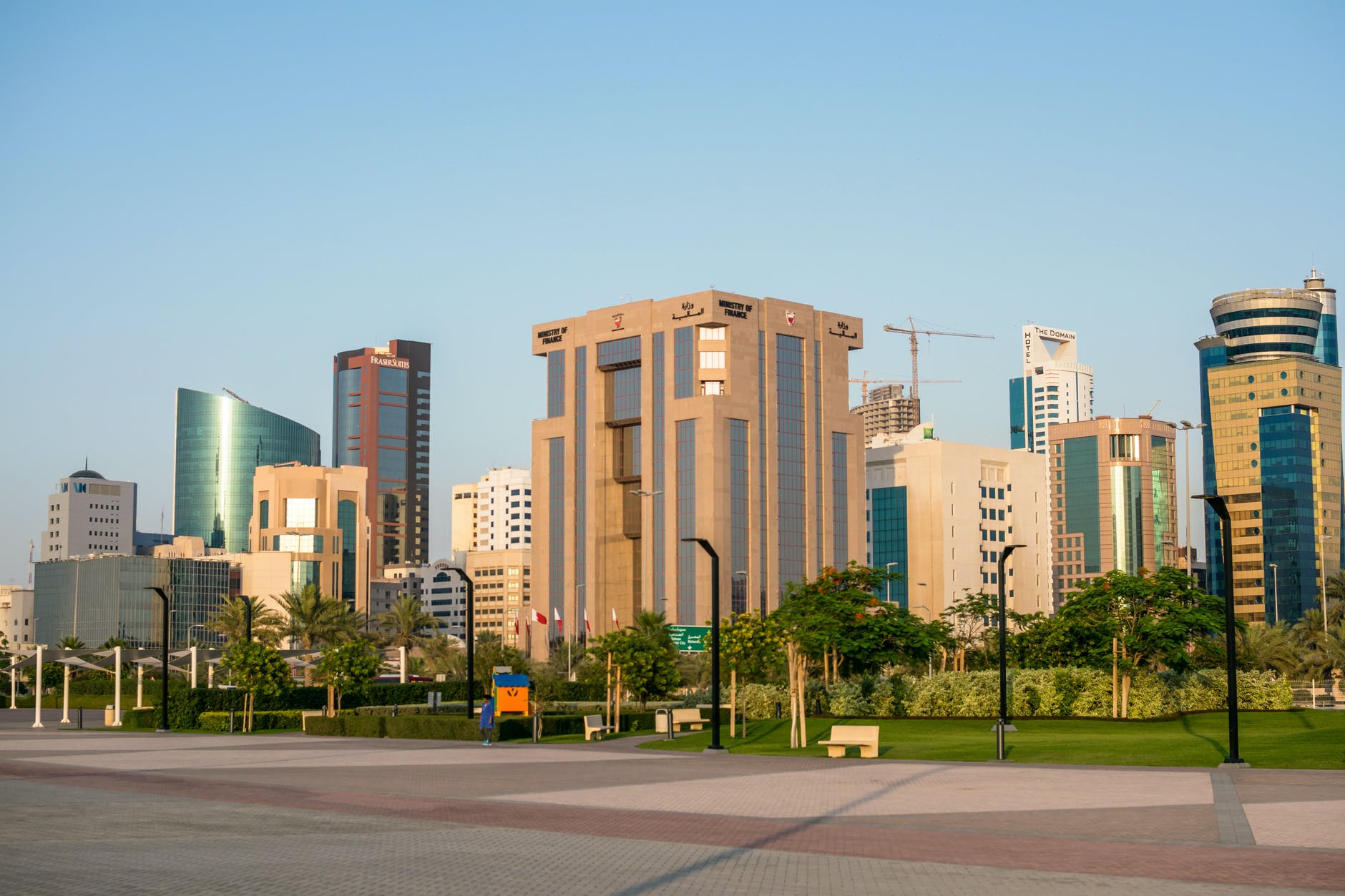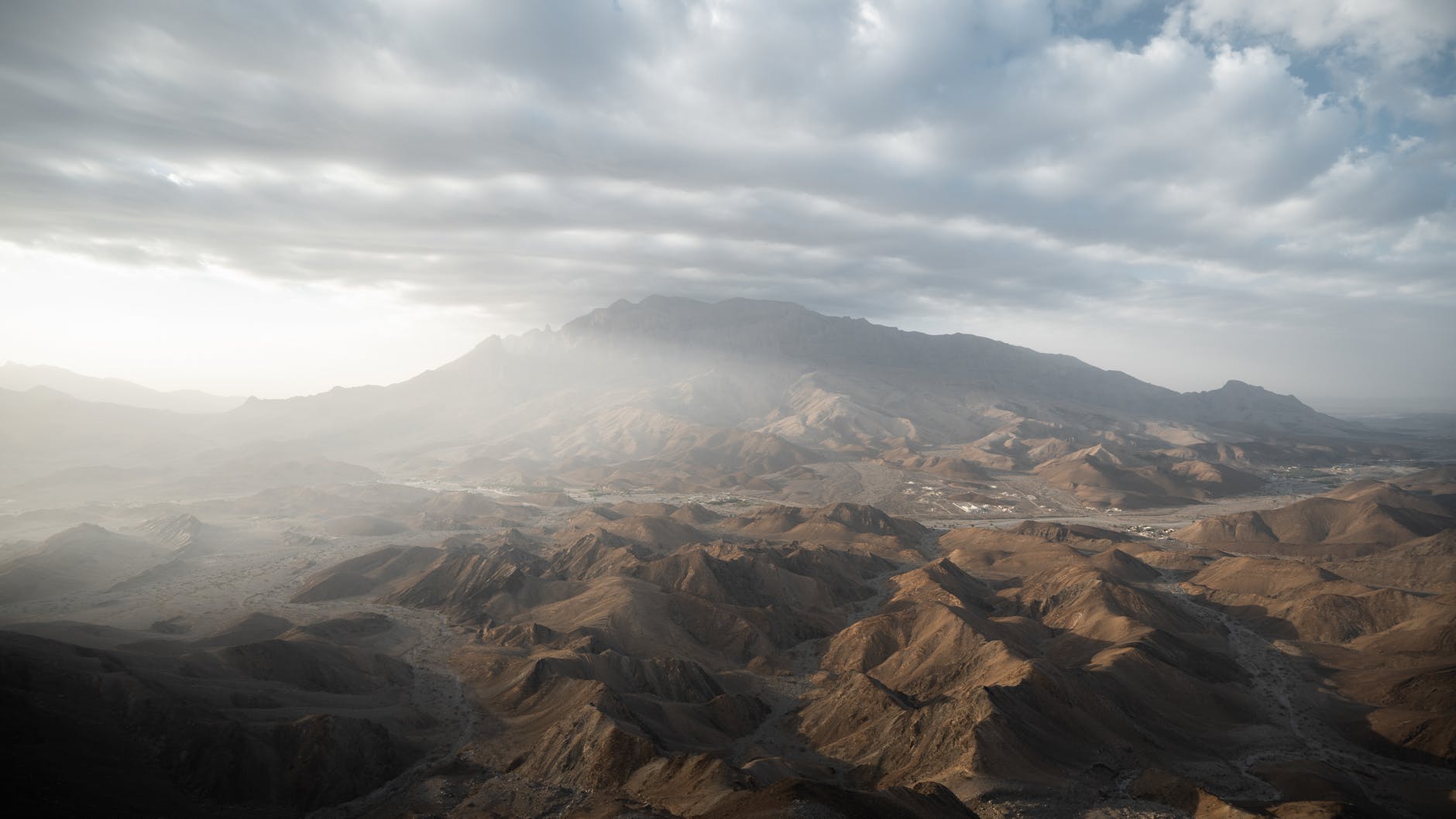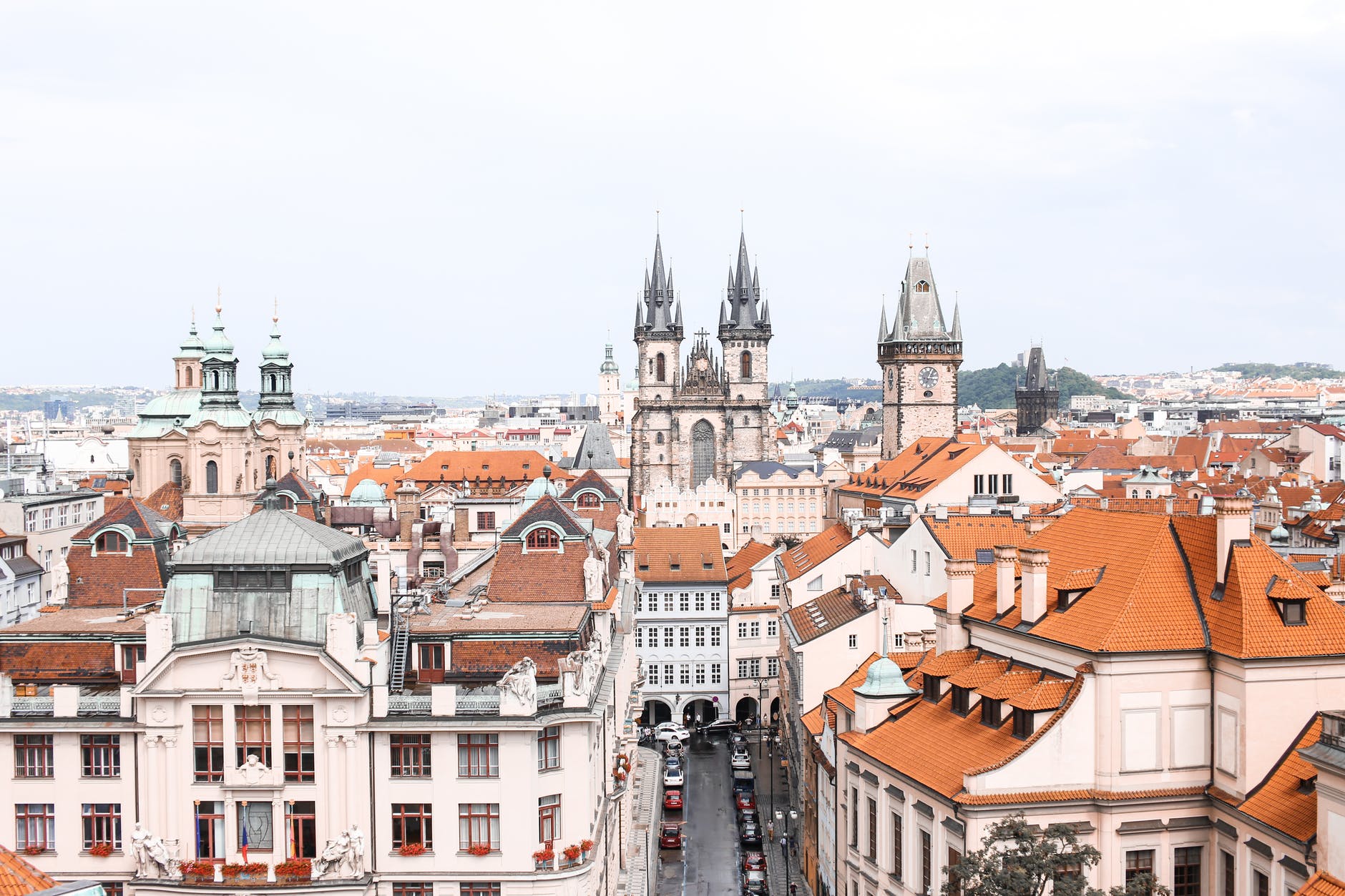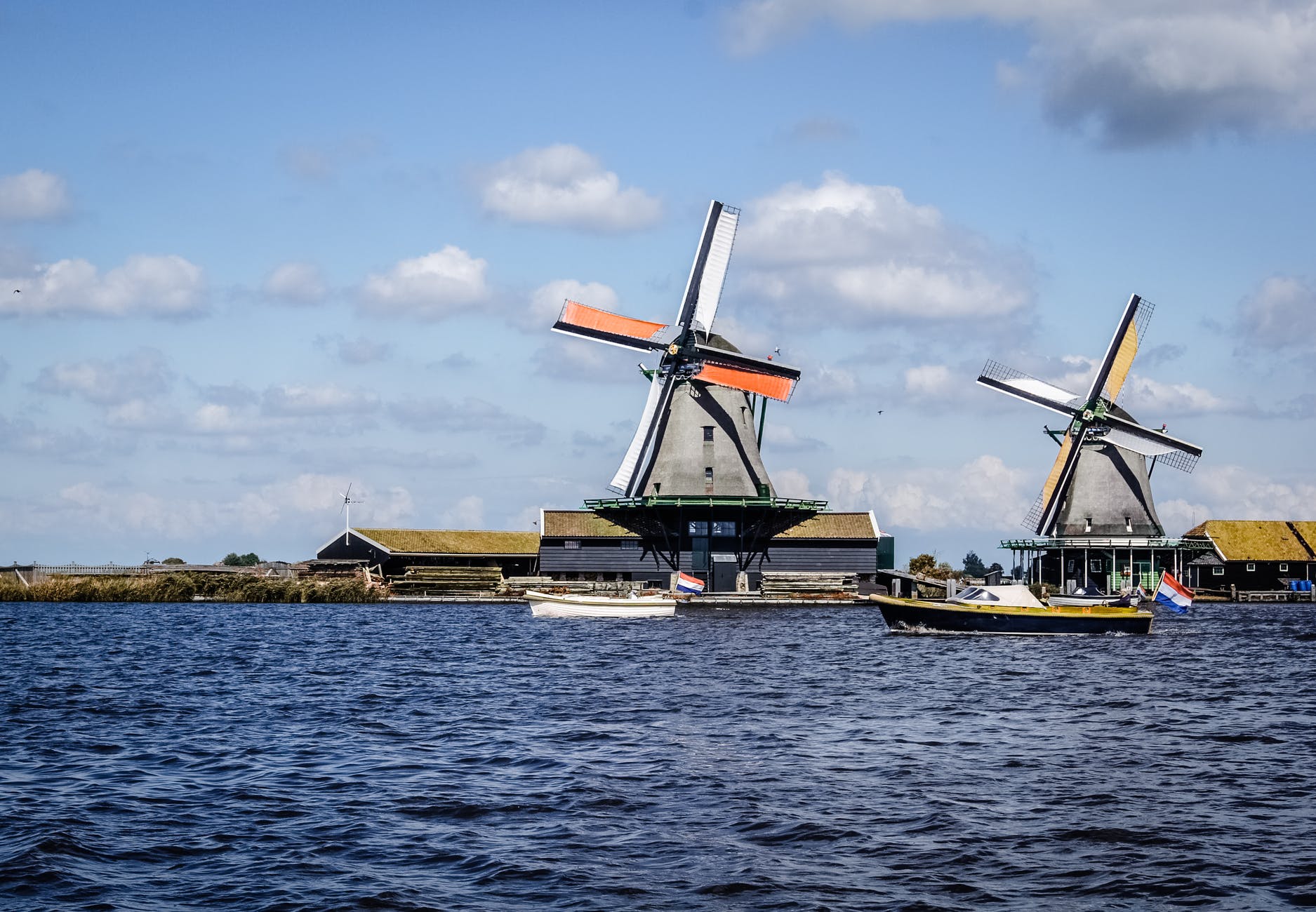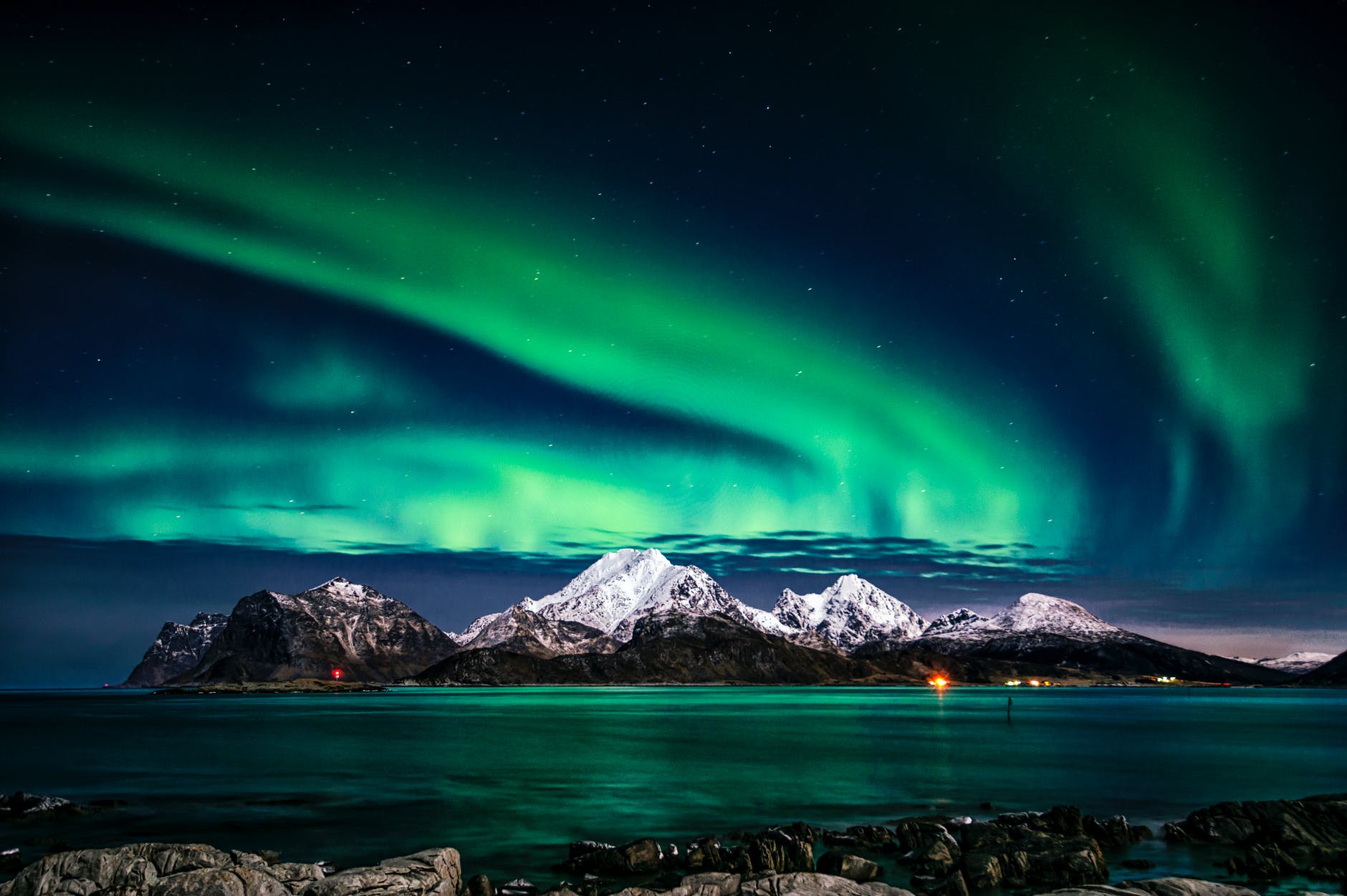We will start our Mauritius Travel Tips by talking about Mauritius. The Dutch entitled it in Prince Maurits van Nassau ‘s pride. This nation’s overall territory is about 2040 sq km. This state’s overall population is approximately 1.3 million. While 2 Unesco global historic locations are situated here. The 7 colour Earth is a popular destination in Mauritius.
This area of outdoor space comprises of 7 separate shades of sand dunes: brown, red, violet, purple, blue, green and yellow. Since the presence of people, the biodiversity of the nation has been suffering risk, and presently 2 percent of their native habitat remaining. It does not retain a military, because no tensions occur with any other state. It has 150 km of sandy shores and the third biggest coral reef in the globe.
Several of its shores rate among the globe ‘s finest and the landscape here appears to be that of a typical tropical beach-lush, colorful, and flowers-filled. This promises outstanding snorkeling and surfing when far from the shores. There are many parks and preserves that preserve the surviving trees on the atoll and allow for beautiful hikes. Port Louis is the capital city of this nation.
Things to do in Mauritius:
- Île aux Cerfs
- Black River Gorges National Park
- Le Morne Brabant
- Sir Seewoosagur Ramgoolam Botanical Garden
- Ganga Talao
- Flic-en-Flac
- Trou aux Cerfs
- Casela World of Adventures
- Chamarel Waterfall
- Blue Penny Museum
Languages:
The primary and main languages of Mauritius is Mauritian Creole, English & French. English is the Constitution, Industry, and Administration language. The community is multilingual, and much understand English and French fairly fluently. A French-focusing tongue, Mauritian Creole is heard in the most and is called the indigenous tongue of the region.
it is used by 90 percent of the population, according to Mauritius Travel Tips. Whereas other main tongues in this nation include Bhojpuri, Hindi, Telugu, Tamil, Marathi, Malayalam, and Urdu.
Currency & Banking:
The primary and main currency of Mauritius is the Mauritian Rupee. While 1 Mauritian Rupee is equivalent to 100 cents. The bank issues note in denominations of 25, 50, 100, 200, 1000, 2000. Whereas coin comes in denominations of 5, 20, 50 cents and 1, 5, 10, 20 rupees. It was first set up in 1876 as the formal unit for the currency.
This was brought into use in 1877 and interchanging the Indian Rupee, the Mauritian Dollar and the British Pound. major resorts, eateries, and retail locations take credit and debit cards. Many international standard cards are commonly popular all across the nation. ATMs are accessible anywhere on the Island, according to Mauritius Travel Tips.
Best Time to Visit :
Mauritius’ perfect opportunity to explore is from May to November. Moisture and warmth are down marginally in this period. The weather varies approximately 24 and 20 degrees centigrade. During this period you will appreciate more snorkeling, deep-sea diving, boat rides. For those who like to experience the sea or even soak up the heat, it is heaven.
The main downside of traveling from December to April in summer is the moisture, which may be quite unpleasant if you ‘re not immune to it. The hottest months are in January and February as per Mauritius Travel Tips. While both July and August are the coldest times in this nation.
Tourist Visa:
According to Mauritius Travel Tips, Indian citizens are able to receive a travel visa for up to 60 days upon arrival at the airport.
Documents Required for visa :
- A valid passport
- Return air ticket
- Hotel Confirmation
- Sufficient funds
- COVID 19 test
- Overseas travel insurance
Time Zone:
The time zone in this location is GMT +4.
Emergency Numbers:
- Police: 999 or 112
- Ambulance: 114
- Fire Services: 115
- Crime Stoppers: 148
Internet:
The Internet speed in Mauritius is good and the prices are cheapest. You can buy SIM cards for your phone from the airport or one of many retailers all over this nation. All you need is the passport to get the sim card in this country. While my.t, Emtel, and MTML are the major internet service providers in this location.
According to Mauritius Travel Tips, the areas with free wifi hotspots are restaurants, hotels, airports, and popular tourist places. Whereas about 82 percent of the population has internet access. Throughout this state’s villages, you will face problems, the connection is not so decent in most places.
Electricity :
The default voltage is 230 V and the default frequency is 50 Hz. Whereas You will find two kinds of electric plug & sockets in this nation, form C, and G. form C is the single major globally popular type. This form operates with type E and type F. While form G is of British roots. This form only operates with type G. However, you can use your power equipment in this location if the normal voltage in your area is between 220 240 V.
Although it is advisable to carry a travel adapter to stay connected with the world. According to Mauritius Travel Tips, power-cuts usually not happens in this part of the world, even in smaller areas of the state.
Climate:
Mauritius has a standard marine and tropical climate. This has hot and lusty summers, gentle & cool winters, and the year-round rains. The overall weather for the entire year ranges from 17 ° C to 30 ° C. Whereas conditions in summer can go up to 35 oC. The cyclonic cycle stretches from November to May, straight across. There is plenty of precipitation, particularly on the central plateau. Usually, the maximum precipitation falls during the phases of February and March.
The rainfall continues only a few days, suspending island experience altogether. In August the minimum conditions are undergone at about 20 ° C on the shore during the colder months. Although according to Mauritius Travel Tips, the moisture is maximum throughout June and October.
Reasons to Travel:
- Landscapes
- People
- Heritage
- Festivals
- Spas
- Wildlife
- Adventure sports
- Food
- Shopping
- Beaches
History:
Unpopulated until 1598, Mauritius had many special species and plants. From 1638 till 1710 there were Dutch colonists. In 1715 the french took official control and sent immigrants out in 1721. The territory was ruled by the French East India Company starting roughly 1767 and they named it Île de France. In 1810, after the Anglo-French Battle, the territory was taken by Britain and termed Mauritius.
Since 1810 until their split in 1903, a Governor and English authorities governed this country and Seychelles as a joint UK territory. The freedom struggle had its origins in the labor movement that fought for the transition of democratic authority to the Mauritians in the late 1940s. The Series was spread to all literate people in 1947.
This began a level of parliamentary self-government, with a national poll in 1948 and the initial national body. The year 1959 saw the adoption of compulsory adult suffrage. Seewoosagur Ramgoolam led talks for constitutional sovereignty in the 1960s.
Elections were taken in 1967 which were dominated by Ramgoolam’s Labor Party’s separatist coalition and two minor parties. A modern charter was then developed that would allow internal freedom. According to Mauritius Travel Tips, it became a sovereign state on 12 March 1968.
Culture:
The Mauritian culture is a complex mix of cultures from India, Africa, and Europe. Modern Sega is Popular as ‘La joie de vivre’ is this country’s Regional traditional dance. It can connect its African roots dating to the eighteenth millennium. Slaves do it out as a method of ignoring their horrible lives. The regional food is a magnificent combination of Creole, Indian, French and Chinese food.
Spices play an important role in increasing the flavor of the meal. Although the area is incredibly common with seafood like tuna, crabs, lobsters, squid, prawns, shrimps, and octopus. However, this nation’s main famous food is Dholl puri. While Sari is this state’s regional women Outfit.
A sari also called saree is a cotton or silk fabric ensemble which is worn over top of a blouse. Whereas this nation ‘s main festivals are Thaipoosam Cavadee, Holi, Ghoon, Christmas, and Diwali according to Mauritius Travel Tips.
Religion:
Mauritius is the sole African country that is dominated by Hinduism. About 53 percent of the population is Hindu, and many festivals of Hindu and Tamil have been part of Mauritian local culture. Whereas 30% of society is Christian, including Roman and other Christianity forms. Although Islam is followed by 10 percent of the national population.
Small sects of Buddhism and Sikhs make up 5 percent of the overall population. Atheist, according to Mauritius Travel Tips, comprises 2 percent of the overall population. Furthermore, the different faiths of the community were often observed in the social gatherings, churches, temples, and mosques of the territory.
Packing tips for Mauritius:
- Passport & Travel map
- Day Bag or Backpack
- Sunglasses and Sun Hat
- Comfortable Clothes
- Breathable tees
- Power Charger
- Power Adapter
- Toiletries
- Shoes
- Accessories
- Tickets
- Swimsuit
- Medicine Kit
- insects repellent
Is it safe to travel to Mauritius?
Yes, It is generally safe to visit Mauritius. Transportation here is relatively easy. However, maintain an alert out for cab drivers who are trying to extra charge the trips. state transportation is mostly credible within this nation. According to Mauritius Travel Tips, thieves aren’t really popular but they do exist.
Be particularly vigilant at Downtown Port Louis and the main visitor zones because they also have a marginally larger level of crime. Whereas serious offenses are not so common including kidnappings, muggings, terrorist attacks. There is a chance that you may get defrauded. Review each change frequently, and negotiate all in advance.
Although, It is also a safe spot for Solo Women Travelers. Mauritius Travel Tips encourage you to use your basic logic and to take your mind with you. Please just don’t do something you wouldn’t do in your own nation. In this nation, the strongest environmental risks are Cyclones, stonefish, and rising water levels.
Conclusion
However, if you need more information about Mauritius Travel Tips ?? Call us at +918860284198 or contact us at [email protected].
FAQs
Weird things about Mauritius?
1. National Bird has not Seen since 1661. 2. Mix culture of Aisa, Africa, and Europe. 3. Seven Coloured Earths
Bad things about Mauritius?
1. Google maps will show mostly incorrect results. 2. Public toilets are not clean. 3. moving without a guide is risky.
Mauritius travel restrictions?
Visa is open & you must have a covid19 test before your head to this nation. You must remain in quarantine for 14 days after landing.
Where is Mauritius?
It is in the Indian ocean. The state is located in the east of African Shore.
How many Islands in Mauritius?
There are 16 Allots on this island nation.

